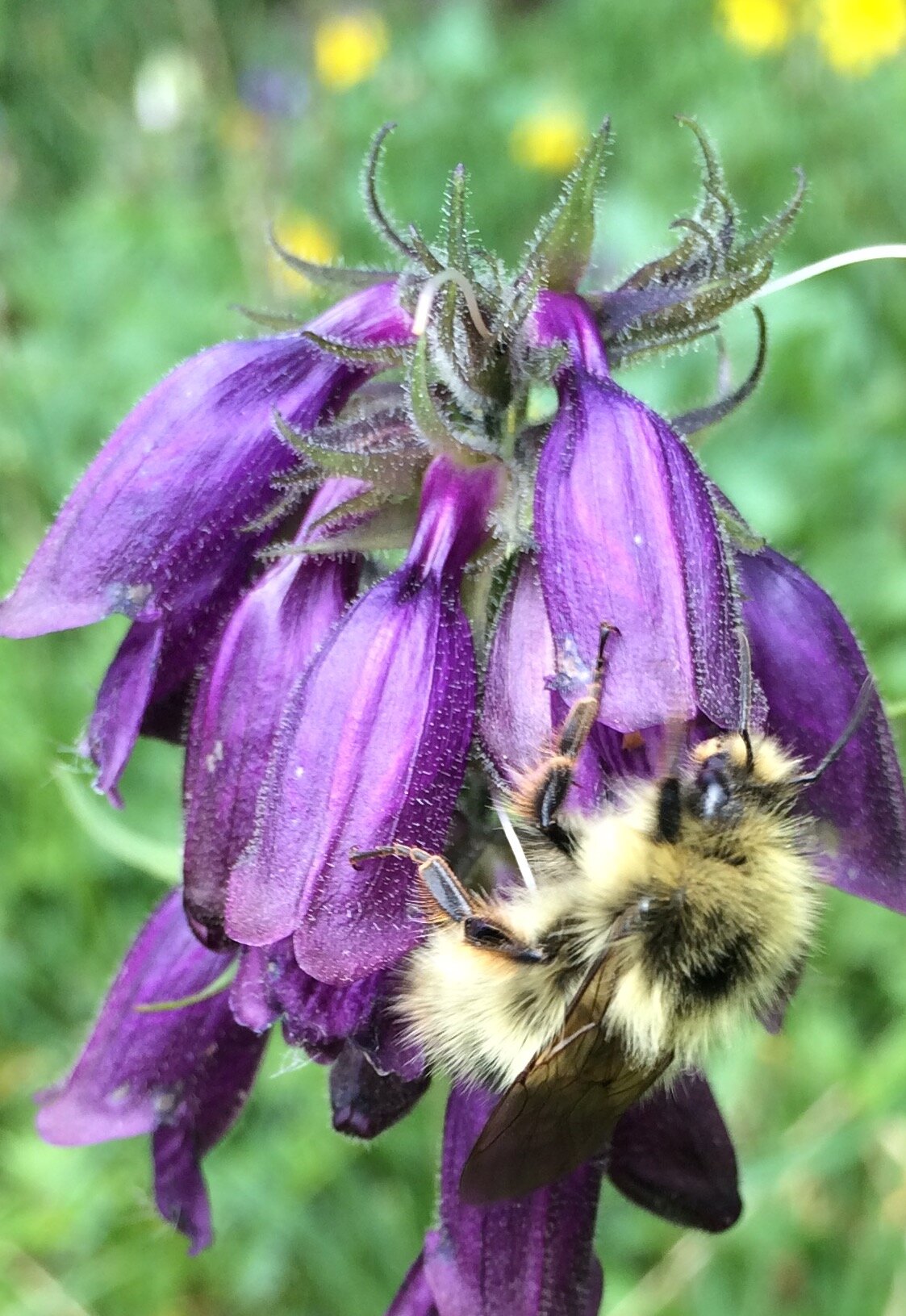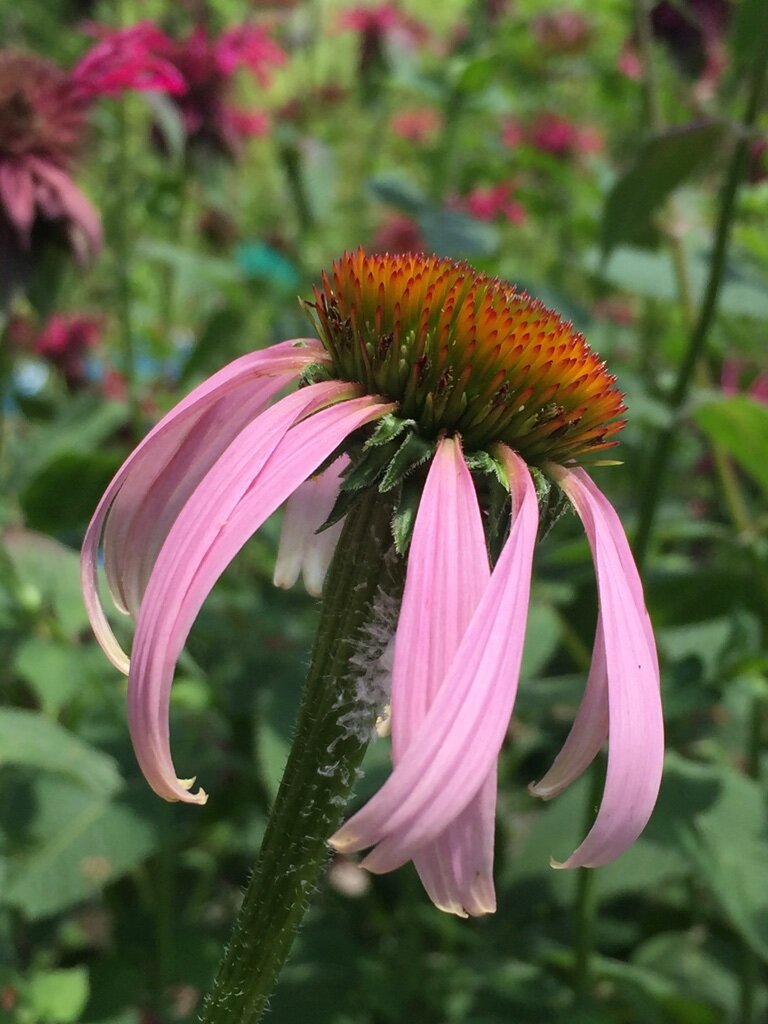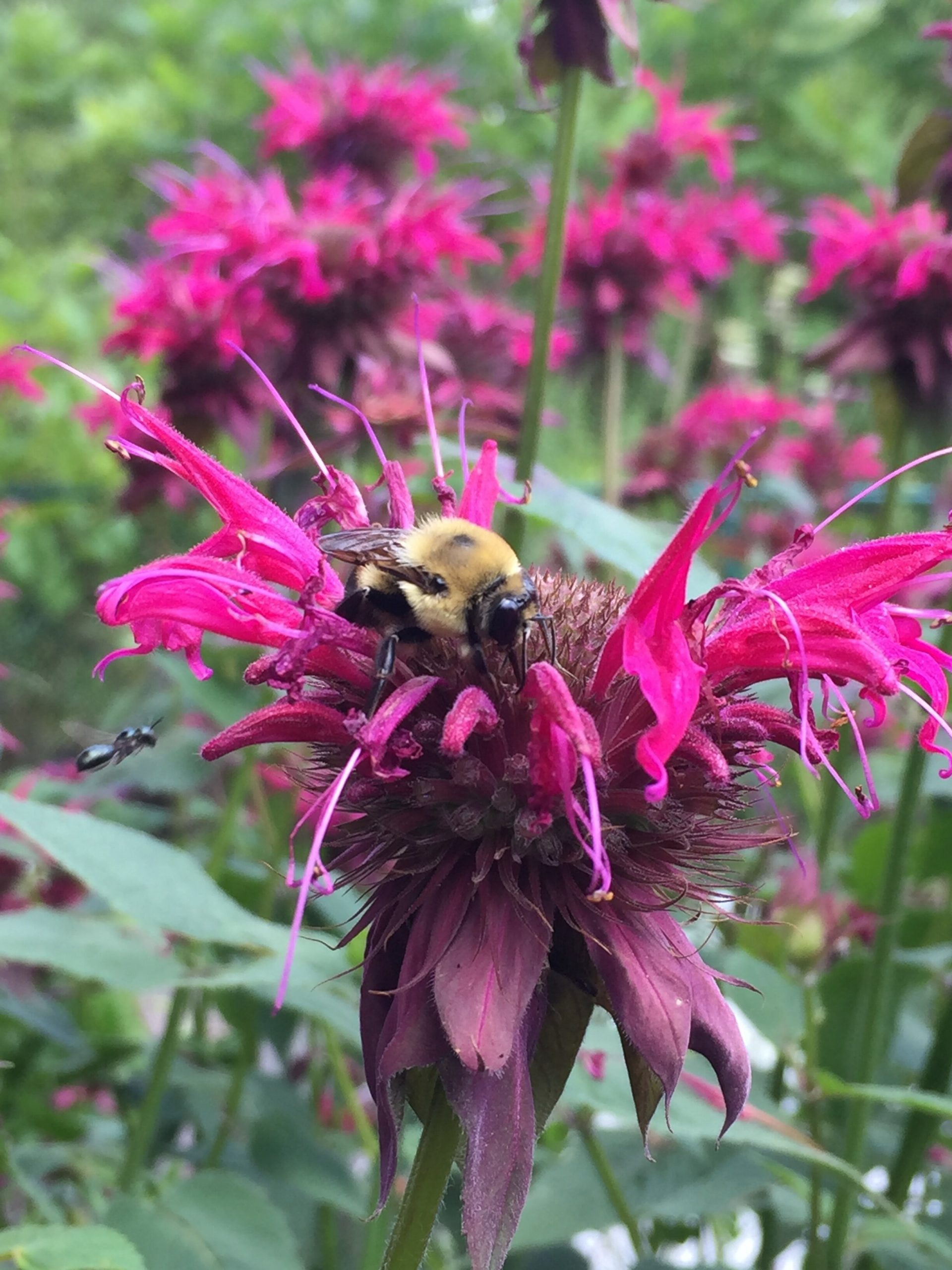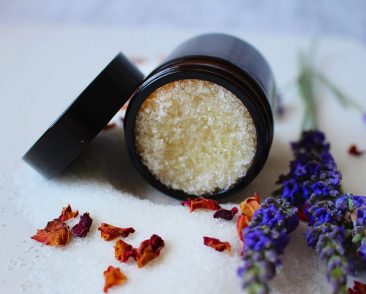I’ve been using honey as part of my skincare regime for so long I was honestly surprised when my friend said to me “I never thought of putting honey on my face”. Well, that got me thinking that she’s probably not the only one! So I’m here to tell you why putting honey on your face is so wonderful and beneficial. But that got me thinking about the unfortunate state of the world’s bee population. So I’m also here to tell you what you can do to help the bees!
First, let’s talk about the skin benefits of honey.
Skin Benefits of Honey
The Bee’s Knees…
Not long ago sealed pots of honey were discovered in Egyptian tombs. Thousands of years old and they were still good for the eat’in! Honey has the laudable distinction of being naturally antibacterial, antiseptic and self-preserving. Used prolifically by the ancient Egyptians, especially topically, the medicinal uses of honey are not just a thing of the past. Today, honey is making a comeback and honey-coated bandages can be found in use in hospitals worldwide!
So the medicinal uses of honey are accepted as is its effectiveness on skin wounds and blemishes, but how does it work to beautify the skin?
In part due to its stickiness, honey works well as a gentle exfoliator, but additionally, raw, unfiltered honey naturally contains alpha-hydroxy acids (AHAs) which help to gently dissolve dead skin cells. Rich in minerals, probiotics, antioxidants, nutrients and enzymes, honey protects and nourishes your skin. As if that’s not enough, it’s also a natural humectant so it helps hydrate your skin leaving it plumped and glowing.
You’ll find raw, organic, unfiltered honey in Liquid~Moon’s Honey Lemongrass Mask and Honey Silk Cleanser.
Bees are magical

Amina Harris, executive director of the Honey and Pollination Center at the Robert Mondavi Institute at University of California, Davis calls bees “magical”. In part because bees transform flower nectar into honey. They store it in their honey stomachs as opposed to their food stomachs and fly it back to the hive where they regurgitate it to other worker bees who chew it for about half an hour before passing it on to other bees who continue the process of chewing and turning nectar into honey. Once all the regurgitating, chewing and enzyme mixing begins to form honey, (which we should remember is their food supply), they store it in the hive’s honeycomb cells. Still a bit wet at this point, the bees fan it with their tiny wings to dry it out and make it sticky the way they like it. When it’s ready, they seal the cell with wax to keep it clean.
A bee’s honey stomach has an enzyme called glucose oxidase. When the bees regurgitate the nectar, this enzyme mixes with the nectar, breaking it down into two by-products: gluconic acid and hydrogen peroxide. This is part of the chemical reason why honey is so healing and medicinal for humans.
What would we do without them?
Bees are pollinators which means they help keep the plant world procreating and the natural world in order, in addition to making the truly amazing honey we know and love. Only 20% of the world’s plants are pollinated by the wind- the other 80% relies on pollinators such as bees, butterflies, moths, bats and hummingbirds, to name some of the heavy hitters.
But we have a very dire situation on our hands. Humans are decimating the pollinator populations worldwide. This is largely due to habitat loss, abundant use of chemicals and pesticides which are lethal to bees and other pollinators, and global warming conditions that allow a bee-killing mite to proliferate. We have more to lose than just our honey face masks! Here’s the simple truth: without pollinators, the human race and all of Earth’s terrestrial ecosystems will not survive.
What you can do

The good news is that with just a little bit of shared effort, we can all do something to help!
Plant native flowering plants!
I will let the Pollinator Partnership give you the low down:
Follow these simple steps to create a pollinator-friendly landscape around your home or workplace:
- Use a wide variety of wildflowers so there is always a flower in bloom from early spring through late fall. This will help provide food and other habitat needs for pollinators to survive throughout the changing seasons. Don’t forget that night-blooming flowers will support nocturnal pollinators, and red, tubular flowers will attract hummingbirds.
- Avoid modern hybrid flowers, especially those with “doubled” flowers. Often plant breeders have unwittingly left the pollen, nectar and fragrance out of these blossoms while creating the “perfect” blooms for us.
- Eliminate pesticides whenever possible. If pesticides are used, apply the least-toxic materials and spray at night when bees and most other pollinators are not as active. Before purchasing, read labels carefully and use the product according to the instructions.
- Include larval host plants in your landscape. If you want colorful butterflies, grow plants for their caterpillars. They WILL eat them, so place them where unsightly leaf damage can be tolerated. Accept that some host plants are less than ornamental if not outright weeds. A butterfly guide will help you determine the plants you need to include.
- Create a damp salt lick for butterflies and bees. Use a dripping hose, drip irrigation line, or place your birdbath on bare soil to create a damp area. Mix a small bit of table salt (sea salt is better!) or wood ashes into the mud.
- Spare that limb! By leaving dead trees, or at least an occasional dead limb, you provide essential nesting sites for native bees.
This article was originally posted on Liquid Moon Skincare.




